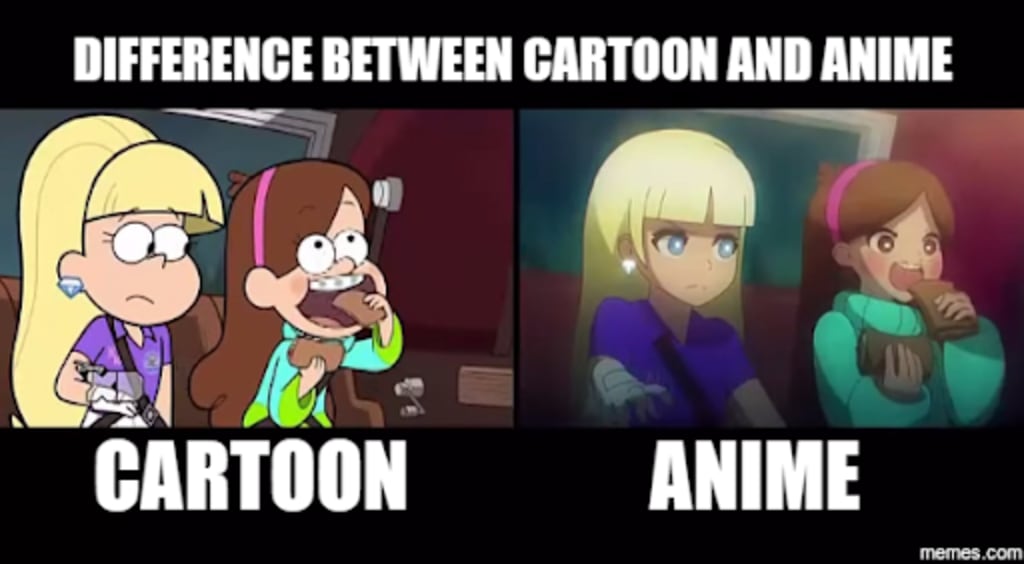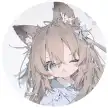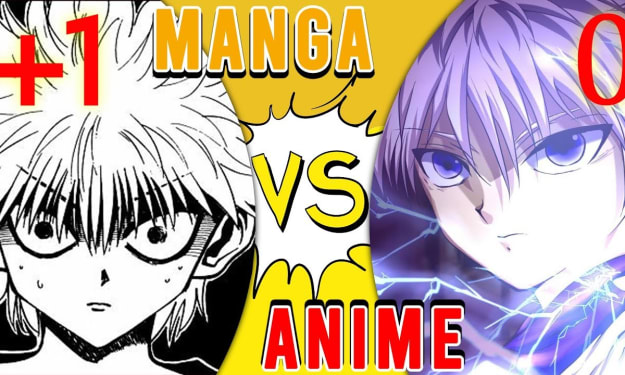
Anime
Anime is a form of hand-drawn or computer-generated animation originating in Japan. It is typically characterized by highly stylized art, vibrant colors, fantastical themes, and a wide variety of artistic styles. Anime is often seen as a form of art and entertainment, with a wide range of stories and genres. It is one of the most popular forms of entertainment in Japan, and has become increasingly popular around the world.
The term anime is a shortened form of the Japanese word animēshon, which is derived from the English word animation. In Japan, anime is used to refer to any animated production, regardless of the country of origin. Anime has been around since at least the early 1900s, when Japanese artists began experimenting with the medium. Since then, the art form has developed into a highly popular form of entertainment, with a wide variety of genres and styles.
Anime can be divided into two main genres: television series and feature films. Television series are typically episodic and air on Japanese television networks, such as Fuji TV or NHK. Feature films are usually released in theaters, but may also be released directly to DVD or Blu-ray. Some popular anime series include “Dragon Ball Z”, “Sailor Moon”, and “Naruto”.
Anime is often associated with certain themes and genres, such as science fiction, fantasy, horror, and comedy. It is also often associated with a particular art style, such as the “manga” style popularized in Japan. Anime has also embraced a wide variety of other genres, such as drama, romance, sports, and mystery.
Anime has become increasingly popular around the world. It is often seen as a form of escapism, allowing viewers to be transported to another world. It is also seen as a way to explore different cultures, as many anime series take place in a variety of locations across the world. As anime continues to become more popular, its influence can be seen in other forms of entertainment, such as video games, movies, and television shows.
Anime has become a cultural phenomenon, with fans around the world. There are numerous conventions dedicated to anime, where fans gather to share their love for the art form. Anime has also inspired numerous fan works, such as fan art, fan fiction, and cosplay. Fans also participate in activities such as anime clubs, forums, and conventions.
Anime is a diverse and ever-changing form of art and entertainment. It has grown from a niche interest to a multi-billion dollar industry, with a wide variety of stories and genres to explore. Fans around the world can now enjoy anime in a variety of ways, from watching television series to attending conventions. With its growing popularity, anime promises to continue to entertain and inspire audiences for years to come.
Cartoon
Cartoon is a visual for of art that is characterizedn by colorful designs, vivid characters and humorous narratives. It is a popular form of communication used to make light of difficult situations, break the ice in social gatherings, and to add an element of fun and entertainment to everyday life.
Cartooning has been around since the beginning of time. From Ancient Egypt to the Renaissance, and from the American Revolution to the present day, cartoons have been used to create visual stories and express ideas in a humorous way. Today, cartoons are used in a wide variety of mediums including print, television, film, animations, and even video games.
The word “cartoon” comes from the Italian word “cartone,” which means “a large drawing.” Cartoons can be traced back to the late 1800s when they first appeared in newspapers and magazines. This was the beginning of the Golden Age of cartooning. During this time, the most popular cartoon characters were created, such as Bugs Bunny, Mickey Mouse, and Popeye. These classic characters have stood the test of time and continue to be beloved by children and adults alike.
Cartoons are often used to convey messages and provide commentary on current events and social issues. For example, political cartoons have been used since the 18th century to express opinions on government and politics. This type of cartooning is still widely used today and can be seen in newspapers, television shows, and even social media.
In addition to political cartoons, cartoons are also used to provide humorous takes on everyday life. Cartoon strips, such as the popular Calvin and Hobbes, use lighthearted humor to entertain and educate readers. These strips often feature characters in funny situations, which help to make complex issues easier to understand.
Cartoons are also used in animations, which are short films created by combining drawings, computer-generated images, and voice recordings. Animations can be seen in movies, television shows, and video games. They have become increasingly popular in recent years and have allowed cartoonists to express their ideas in new and exciting ways.
In addition to animations, cartoons are also used in comic books and graphic novels. Comics and graphic novels use cartooning to tell stories in a unique and interesting way. They often feature characters with unique personalities and stories that capture the attention of readers.
Cartoons have become a beloved form of art and communication. They are used to express ideas and provide commentary in a humorous and entertaining way. Cartooning is an art form that has stood the test of time and continues to be enjoyed by people of all ages.
What’s The Difference?
Anime and cartoons have long been a part of popular culture, with both forms of entertainment appealing to a wide variety of audiences. But what is the difference between anime and cartoon? While many people use the terms interchangeably, there are actually some key distinctions between the two forms of animation.
First, let’s look at the technical aspects of anime and cartoons. Anime is a style of animation that originated in Japan, and is characterized by its unique style of art and animation. Anime often has a much more detailed and intricate art style than cartoons, with colorful and complex visuals. Anime also often has a unique visual language, which includes things like exaggerated facial expressions and body language. Additionally, anime often incorporates elements of fantasy and science fiction, such as robots and aliens, which are rarely seen in cartoons.
The storylines of anime and cartoons also set them apart. Cartoons tend to be more lighthearted and comedic, with stories typically aimed at children. Anime, on the other hand, often has more serious and complex storylines, which may be aimed at a more mature audience. Anime stories often have intricate plots and complex themes, as well as characters with deep emotional arcs.
The length of anime and cartoons also differs. Cartoons are typically short, while anime can range from short episodes to full-length seasons. Anime also often has more episodes than cartoons, with some series having over 100 episodes. Additionally, anime episodes tend to be much longer than cartoon episodes, with some episodes lasting up to an hour or more.
Finally, the audience for anime and cartoons also varies. Cartoons are typically aimed at children and families, while anime is often aimed at a more mature audience. Anime fans tend to be very dedicated to their favorite series, often cosplaying as their favorite characters and engaging in online communities dedicated to their favorite shows.
In conclusion, there are some key differences between anime and cartoons. While both forms of animation can be enjoyed by different audiences, anime has a much more detailed and intricate art style, longer episodes, and more complex storylines. Additionally, anime is often aimed at a more mature audience, with fans often engaging in cosplay and online communities dedicated to their favorite shows.






Comments
There are no comments for this story
Be the first to respond and start the conversation.